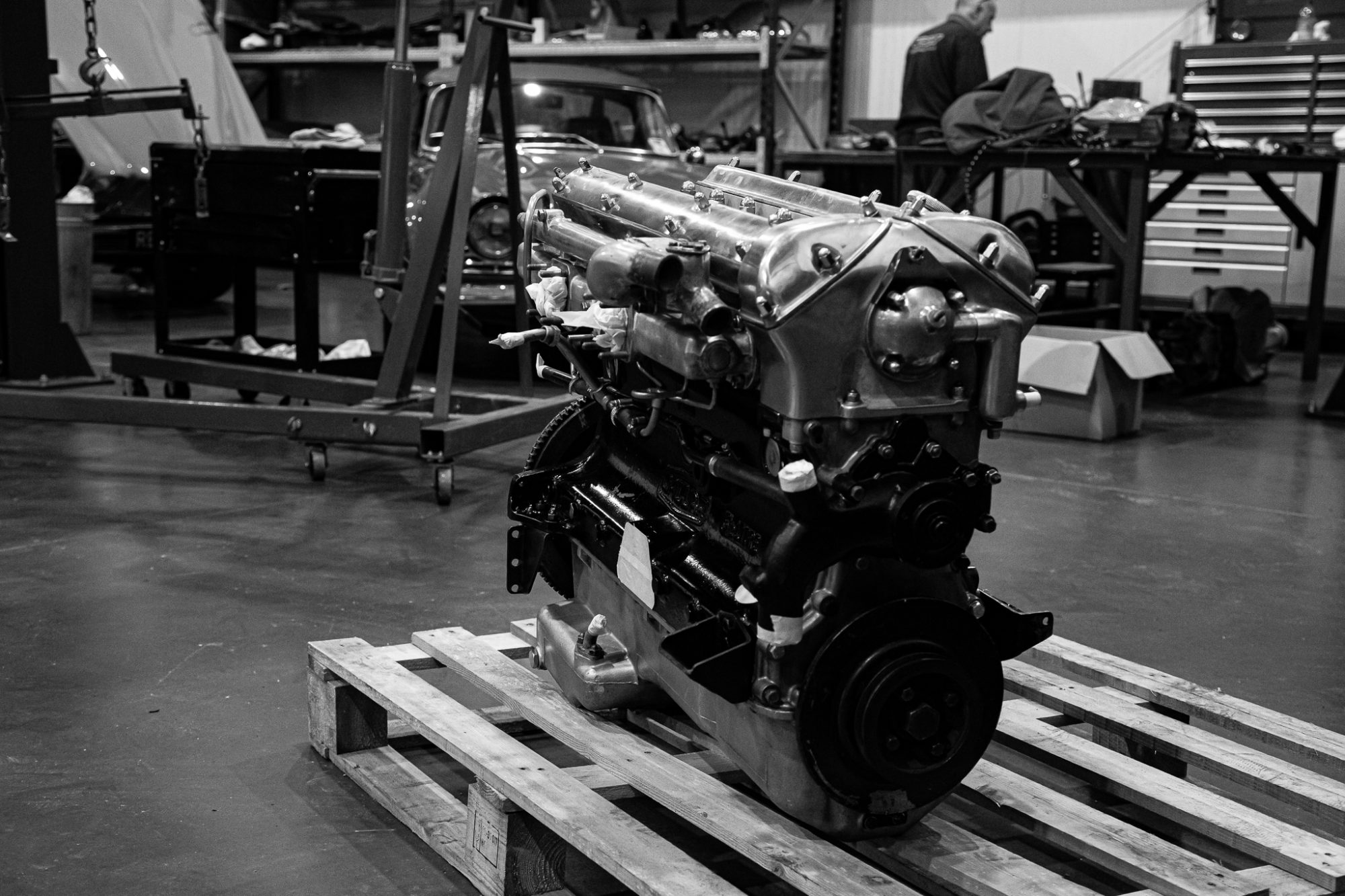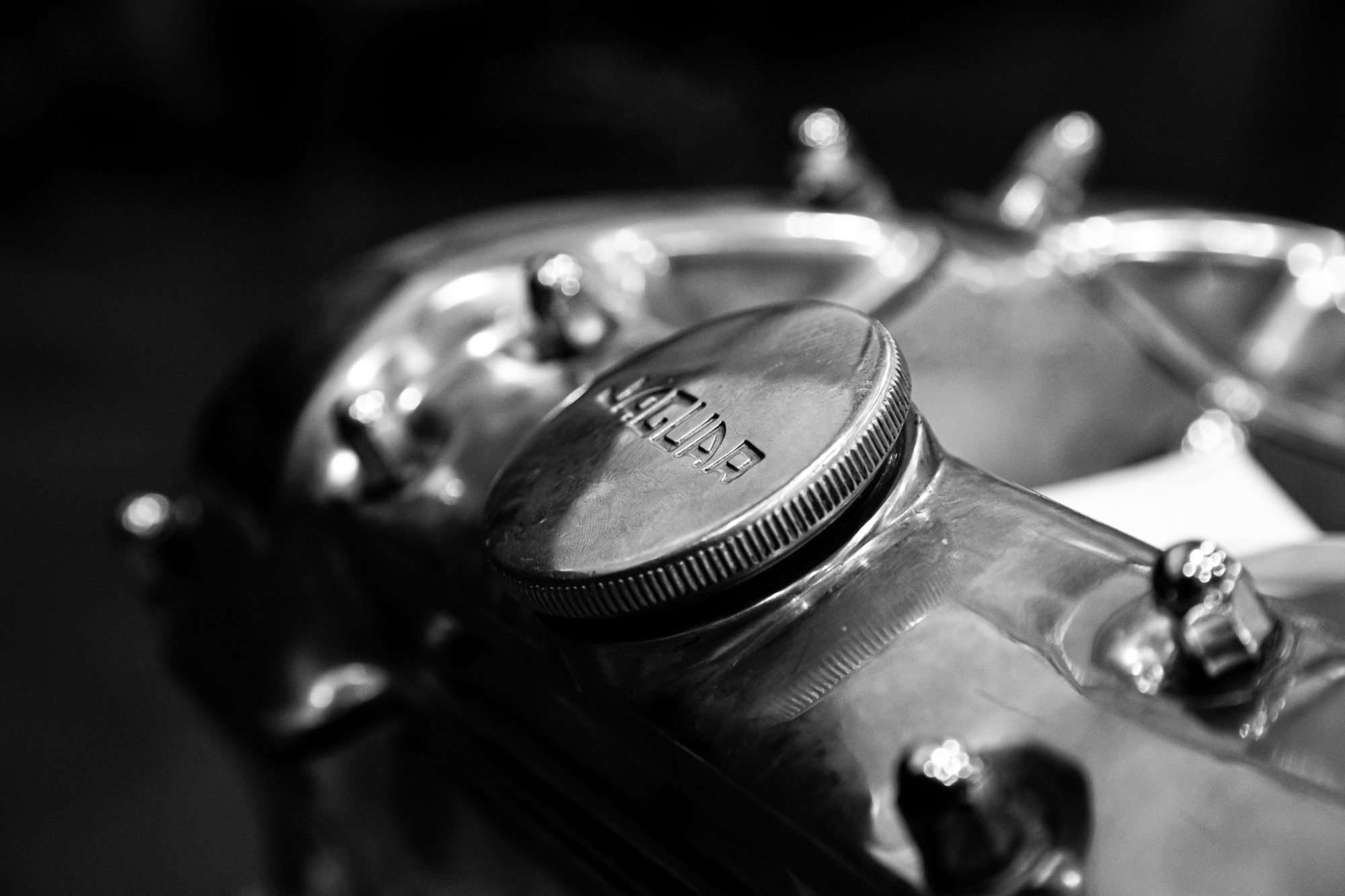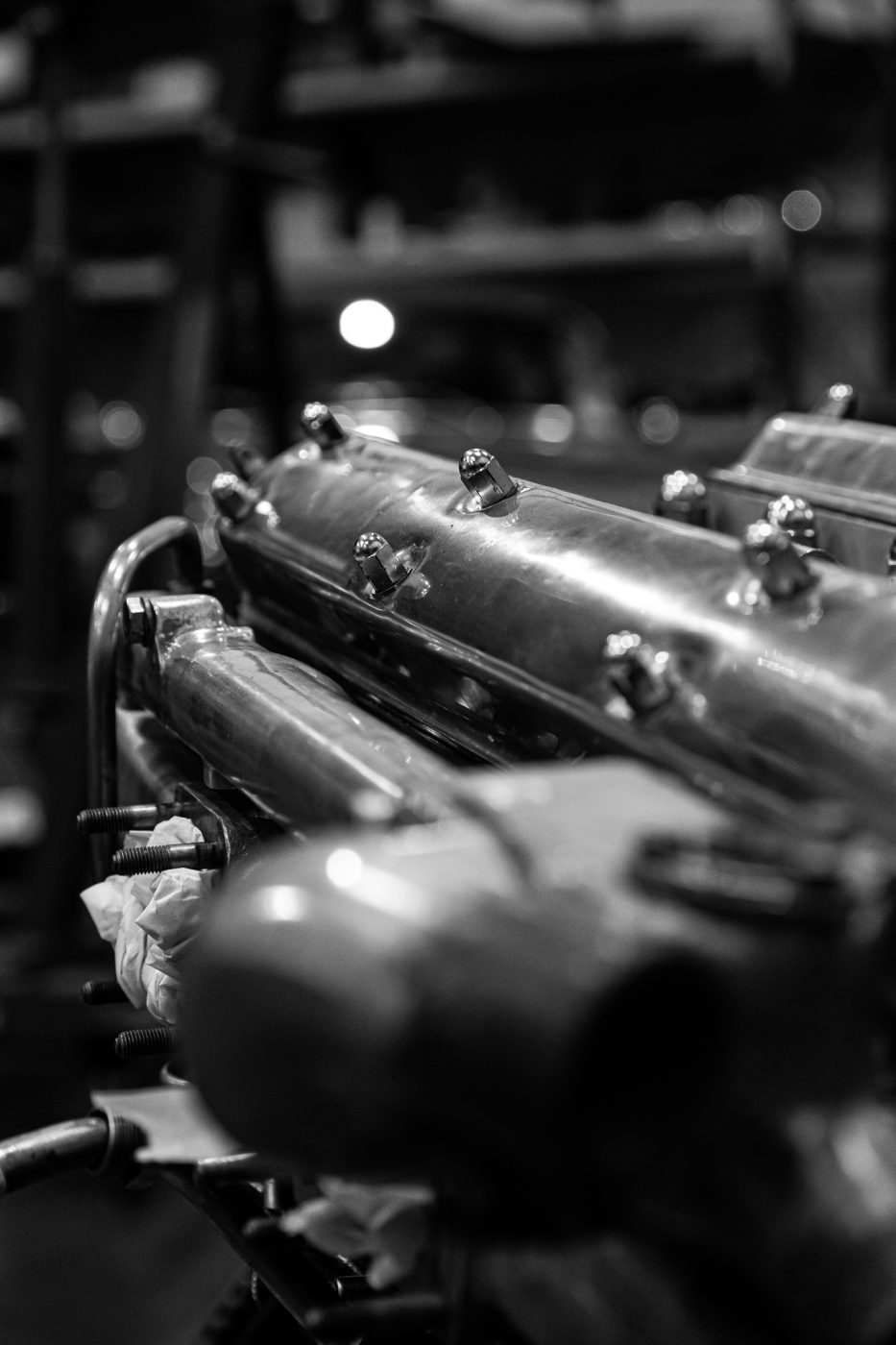Jaguar. A legendary name in both performance and luxury. Just the name is enough to conjure images of elegant, long-legged coupes and saloons powered by the now infamous XK straight-six engine. But, what is the story behind this incredible powerhouse which lived 1000 different lives?
Debuting in 1949, the XK straight-six came with a sizeable 3.4-litre displacement, it was the brainchild of four very important icons in the Jaguar world. Sir William Lyons, William Heynes, Walter Hassan and Claude Bailey. The introduction of this engine however stretches back nearly a decade before. During World War II when the company still went under the name SS Cars, the team were actively seeking and developing replacements for its engine lineup so, during its wartime efforts they worked on the new powerplants for its post-war cars. Jaguar had begun to produce and develop the engine just after the nightmares of war had begun to subside at the end of the 1940s. The cornerstone of these engines was to be higher output, higher quality and higher style, thus the XK Inline-Six was born.
The XK engines first saw service in 1947 with the 3.2-litre units (XJ 6 Cylinder) but during testing of the engines, it was found they severely lacked low-end torque, so the blocks were bored out to 3.4 litres (XK 6 Cylinder) and were destined to be the beating heart of one of the most beautiful cars ever made, the XK120 which broke cover at the 1948 London Motor Show. This would then see the engines fitted to the upcoming MkVII’s and countless other models over its production run.
The cast-iron engine blocks were not the lightest but were highly durable. The construction techniques developed for this engine would push other manufacturers to refine and develop new and improved engines to try and match the level that Jaguar was achieving. Jaguar fitted special vibration dampers to the crankshaft of the engine to absorb and limit the number of frequencies travelling through the crankshaft and ultimately the XK’s split case engine design.
In 1951, Jaguar began work on developing the idea of a smaller displacement but still useable version of XK straight-six. The results for the 2-litre engine were mixed and by 1954 the engine had grown to become a 2.4-litre unit. The engine itself was actually shorted than the bigger displacement engines but remained under the same name and architecture. These engines would be put forward to power the upcoming stylish and sleek saloon, the MkI. The road engines were entirely carburetted until 1978 (the first year of road engines being fuel injected for the US market) but would use a combination of two or three SU’s. Webers or Zenith carburettors except for the MkII 240 which had a set of downdraught Solex units.
From this, all the subsequent Jaguar XK straight-sixes were laid out. Short block engines would make up the smaller displacements such as the 2.4 and 2.8-litre engines and the longer, more torquey powerplants would go anywhere from 3.4 to 4.2 litres by the end of its production. Jaguar officially retired the XK 6-cylinder in 1992 replaced by the newly developed AJ6 platform it used alongside the faithful XK until the AJ6 was then also retired in 1996.
During this incredible engines lifetime, it would see all manner of changes and applications. From racing to agricultural work. Le Mans to Leicester and beyond. This incredible piece of not only industrial design but of engineering excellence and durability should be remembered and revered for the legend it surely is.
Long live the XK Straight-Six.



